Supercharge Business Growth with SEO

24 Apr 2025
Want more leads and traffic? Supercharge Business Growth
with SEO like a pro.
Introduction: Why SEO is Your Business Growth Superpower
SEO isn’t just a buzzword. It’s your silent business partner working 24/7
behind the scenes. Unlike paid ads that stop when your budget runs dry, SEO
compounds over time, drawing in leads, traffic, and conversions on autopilot.
It’s the powerhouse behind sustainable digital growth.
The connection between leads, traffic, and SEO
Traffic means nothing without intention. SEO brings in qualified traffic—people
who are actively looking for what you have to offer. These aren’t casual
scrollers; they’re potential customers at various stages of the buyer’s
journey.
How SEO turns browsers into buyers Great SEO meets
users where they are. It delivers the right message at the right time, nudging
them from curiosity to consideration, and ultimately to conversion. It’s
strategic storytelling with a technical twist.
Understanding the SEO-Business Growth Link
Why SEO is more than just keywords Keyword stuffing
is ancient history. Modern SEO is a blend of intent-based targeting, content
depth, and user experience. It’s a symphony of strategy.
The long-term value of organic visibility Organic
visibility builds brand credibility. Showing up consistently in search builds
familiarity and trust—key ingredients in any growth recipe.
How SEO impacts your bottom line Lower acquisition
costs. Higher lifetime value. SEO drives both by attracting and retaining
customers who are already in the market for your solution.
Laying the Groundwork for SEO Success
Setting clear business and SEO goals What does
success look like? Define your KPIs—whether it’s organic traffic growth, lead
volume, or SERP rankings.
Knowing Your Target Audience inside out SEO is
empathy in action. Understand your audience’s pain points, desires, and search
behavior to craft resonant content.
Auditing your current website performance Start with
a baseline. Analyze load speed, mobile usability, keyword rankings, and
technical SEO errors to identify areas for improvement.
Keyword Research That Brings Results
How to find keywords your audience is searching for
Use tools like Ahrefs, SEMrush, or Google’s Keyword Planner to unearth
high-intent queries. Focus on terms that align with your services.
Balancing short-tail and long-tail keywords
Short-tail gets volume. Long-tail gets conversions. A strategic mix ensures
visibility across the buyer journey.
Using competitor keywords to your advantage Spy,
don’t copy. Analyze what’s working for others, then outdo it with richer, more
targeted content.
On-Page SEO That Attracts and Converts
Optimizing titles and meta descriptions for clicks
Your title tag is your first impression. Make it compelling, keyword-rich, and
click-worthy. Meta descriptions should tease value, not summarize.
How to structure your content for readability and SEO
Use headers, short paragraphs, bullet points, and multimedia. Clean structure
equals longer dwell time and better rankings.
Using internal linking to boost engagement Guide your
visitors through a content journey. Internal links improve page authority and
lower bounce rates.
Creating Content That Ranks and Resonates
The power of valuable, evergreen content Timeless
content keeps generating traffic long after publication. Focus on educational,
actionable, and problem-solving pieces.
How to write blog posts that answer real questions
Use forums, search engine suggestions, and FAQs to uncover what your audience
really wants to know. Then answer it better than anyone else.
Using storytelling to boost SEO and build trust Weave
in narratives and real-world examples. Human connection elevates content from
informative to memorable.
Technical SEO Basics You Can’t Ignore
Site speed and mobile optimization essentials A
sluggish site repels users and search engines. Compress images, minify code,
and provide a smooth mobile experience.
The role of secure (HTTPS) websites in rankings HTTPS
isn’t optional. Google considers site security a ranking factor—and users trust
it, too.
Fixing crawl mistakes and dead links
Audit your website on a regular basis for broken links and
crawl difficulties. These silent killers can tank rankings without warning.
Local SEO for Lead Generation Gold
Getting found by customers in your area Optimize for
location-specific keywords. Think “near me” searches, service area pages, and
localized content.
Optimize your Google Business Profile
Claim and polish your
GBP. Add photos, respond to reviews, and keep your info updated for maximum
visibility.
Local citations and NAP consistency Ensure your
business Name, Address, and Phone number are consistent across all platforms.
Trust is in the details.
Link Building That Actually Works
Earning backlinks through high-quality content Create
assets worth linking to—original research, ultimate guides, or interactive
tools.
Guest Blogging and Collaborations to boost
credibility Write for blogs that are relevant to your niche. It builds
authority and opens the door to referral traffic.
Avoiding black-hat tactics that hurt rankings Stay
away from shady shortcuts. Link farms, PBNs, and paid backlinks can lead to
penalties that erase hard-won gains.
User Experience: The Overlooked SEO Factor
Why SEO and UX go hand-in-hand A site that’s hard to
use won’t rank. SEO brings visitors; UX keeps them there.
Improving navigation and layout for better conversions
Logical menus, clear CTAs, and intuitive design help guide users effortlessly
from page to purchase.
The importance of accessibility in SEO Alt text,
keyboard navigation, and readable fonts aren’t just inclusive—they’re SEO
boosters.
Using Data to Drive SEO Strategy
Tracking traffic sources and keyword rankings Use
Google Analytics and Search Console to monitor where your visitors are coming
from and what they’re searching.
Understanding bounce rate, time on site, and more
Engagement metrics reveal what’s working. Low time on site? It’s time to
reassess your content.
Adjusting your strategy based on insights Data should
inform evolution. Tweak, test, and optimize based on what the numbers reveal.
SEO Tools That Make Your Life Easier
Top free and paid SEO tools to try SEMrush, Ahrefs,
Moz, Screaming Frog, and Ubersuggest are a few essentials in any SEO toolkit.
How to use analytics tools for smarter decisions
Don’t just collect data—interpret it. Look for trends, anomalies, and
opportunities.
SEO automation tools to save time Schedule reports,
track changes, and monitor backlinks with tools like Surfer SEO or SE Ranking.
Content Marketing and SEO: The Perfect Match
Creating a content calendar that supports SEO goals
Plan topics around keyword gaps and seasonal trends. Consistency builds
momentum.
Repurposing content across multiple platforms Turn
blog posts into videos, carousels, infographics, and newsletters to expand
reach.
Building a content funnel to guide leads Top-funnel
awareness, mid-funnel consideration, and bottom-funnel conversions—align
content to each stage.
Social Media’s Role in SEO and Visibility
How social shares can influence rankings While not a
direct ranking factor, content that gets shared widely often earns more
backlinks and traffic.
Driving traffic from Instagram, LinkedIn, and more
Use social platforms to amplify your SEO content and draw visitors back to your
site.
Creating share-worthy SEO content Add value, spark
emotion, or deliver quick wins—these are the ingredients of virality.
Video and Visual SEO for Engagement Boosts
Why video content ranks so well Videos increase dwell
time and user engagement—both signals that search engines love.
Optimizing images and videos for search Use
descriptive filenames, alt tags, and proper compression. Don’t forget
transcripts for video.
Creating compelling thumbnails and captions A great
thumbnail stops the scroll. A great caption keeps the viewer watching.
E-commerce SEO to Drive Product Sales
Optimizing product pages for search Unique product
descriptions, structured data, and clear CTAs turn product pages into ranking
machines.
How to write SEO-friendly product descriptions Skip
the manufacturer’s copy. Use natural language, target keywords, and highlight
benefits.
Using schema markup for rich results Enhance listings
with reviews, prices, and availability in the SERPs.
Voice Search and Future-Proofing Your SEO
How voice search is changing the SEO game Queries are
becoming more conversational. Think questions, not keywords.
Optimizing for conversational queries Use FAQ
sections, structured data, and natural phrasing to match voice searches.
Staying ahead of SEO trends and updates Follow Google
updates, test regularly, and adapt quickly to stay competitive.
SEO Mistakes That Could Be Holding You Back
Common on-page and off-page SEO errors Duplicate
content, missing alt text, and irrelevant backlinks can tank rankings fast.
Why over-optimization is just as bad as under
Stuffing keywords or overusing exact-match anchors can trigger spam filters.
How to recover from an SEO penalty Conduct a full
audit, disavow bad links, and submit a reconsideration request if needed.
Scaling Your SEO Strategy for Growth
When to hire in-house vs. outsource In-house brings
brand intimacy; agencies offer breadth and scalability. Choose based on
bandwidth and budget.
Creating SOPs and workflows for SEO Standardize tasks
for consistency and efficiency across content, tech, and reporting.
Building an SEO-focused growth team Assemble a mix of
strategists, writers, analysts, and developers to own each SEO element.
Measuring ROI from Your SEO Efforts
Setting KPIs that align with business goals Track
rankings, organic traffic, leads, and sales—tie everything back to revenue.
How to attribute leads and sales to SEO Use UTM
tracking, conversion goals, and multi-touch attribution models.
Proving the value of SEO to stakeholders Show
before-and-after metrics, growth trends, and cost-per-lead comparisons.
Conclusion: Turning Traffic into Revenue
Recap of key takeaways SEO is strategic, evolving,
and indispensable. From keywords to content, every element counts.
Why consistent SEO leads to compounding growth The
longer you invest, the more momentum you build. SEO doesn’t just grow; it
snowballs.
Next steps to supercharge your strategy today Audit, optimize, and implement. Start small, think large, and let SEO handle the heavy work on your growth journey.
Recent Articles
-
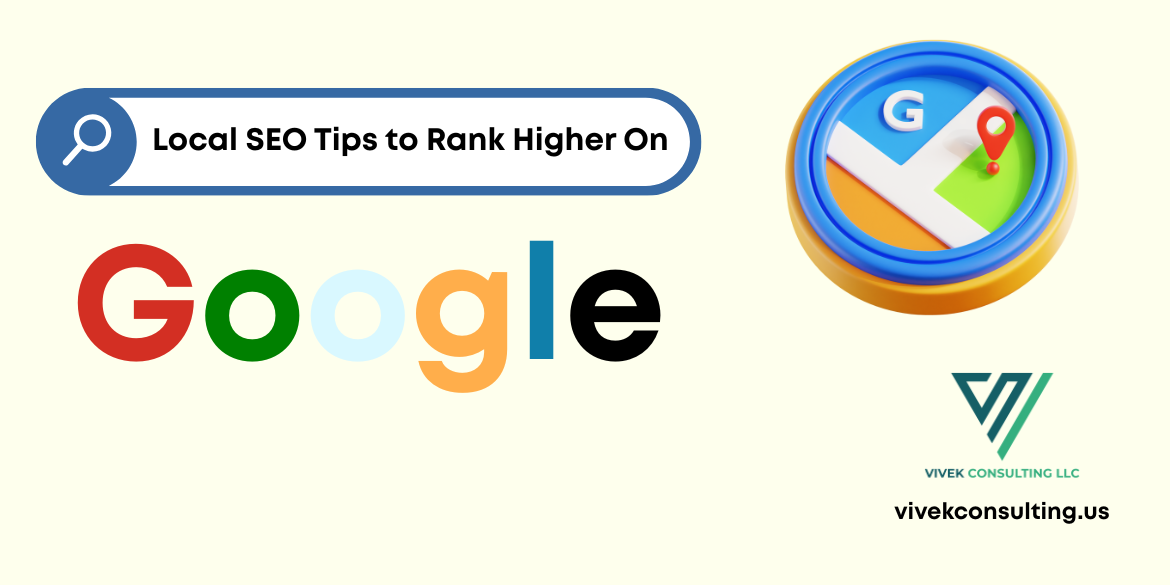 Want more local traffic? These Local SEO Tips to Rank Higher on Google will get you noticed
Want more local traffic? These Local SEO Tips to Rank Higher on Google will get you noticed
-
 What's the Difference Between on-page and off-page SEO?
What's the Difference Between on-page and off-page SEO?
-
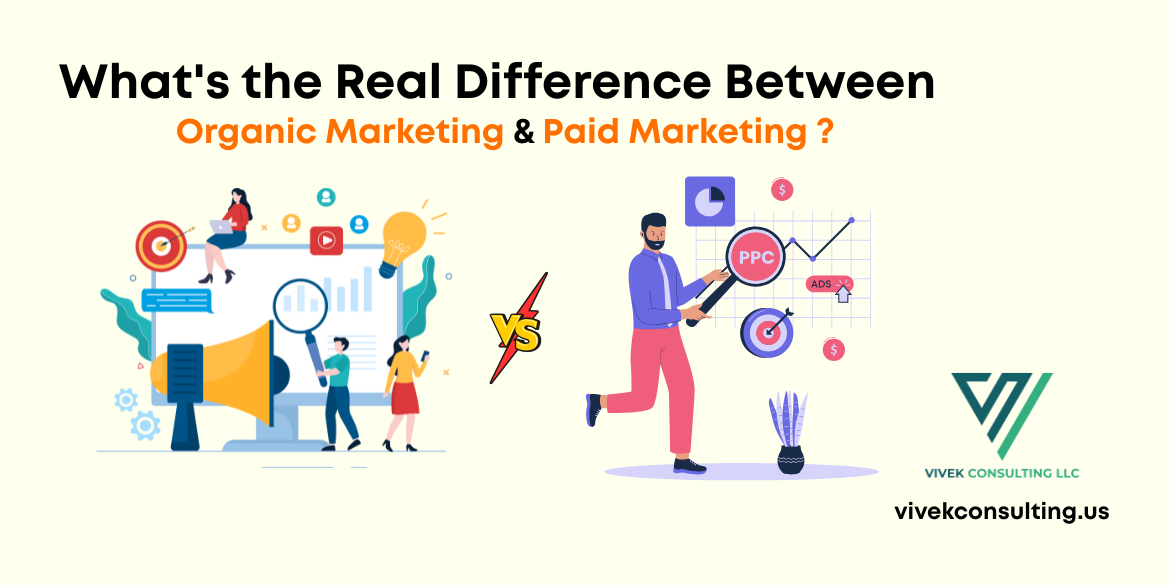 What's the Real Difference Between Organic and Paid Digital Marketing?
What's the Real Difference Between Organic and Paid Digital Marketing?
-
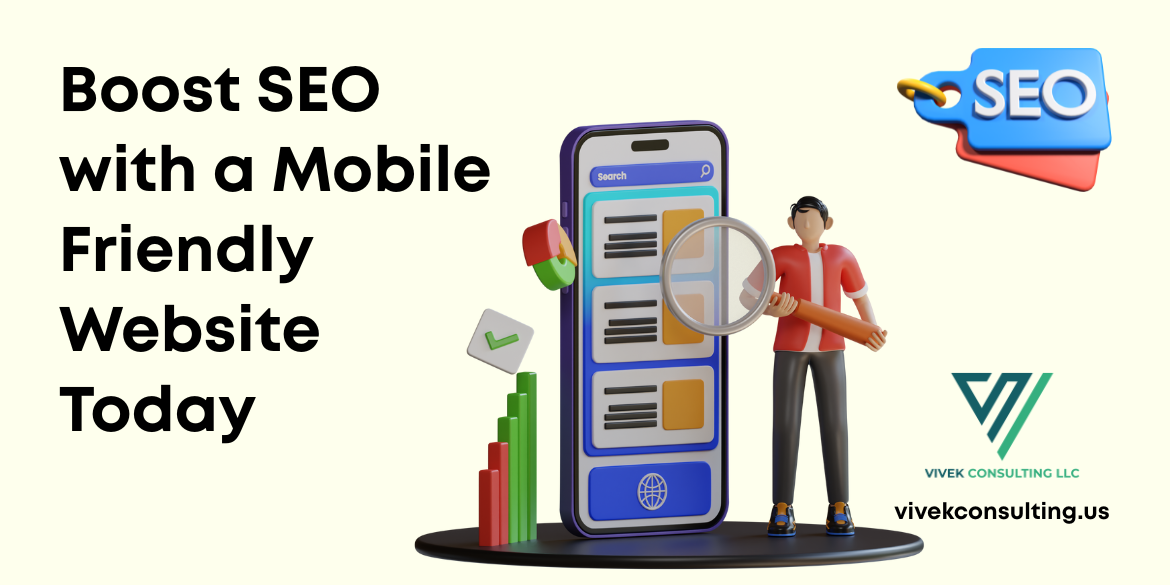 Boost SEO with a Mobile Friendly Website Today
Boost SEO with a Mobile Friendly Website Today
-
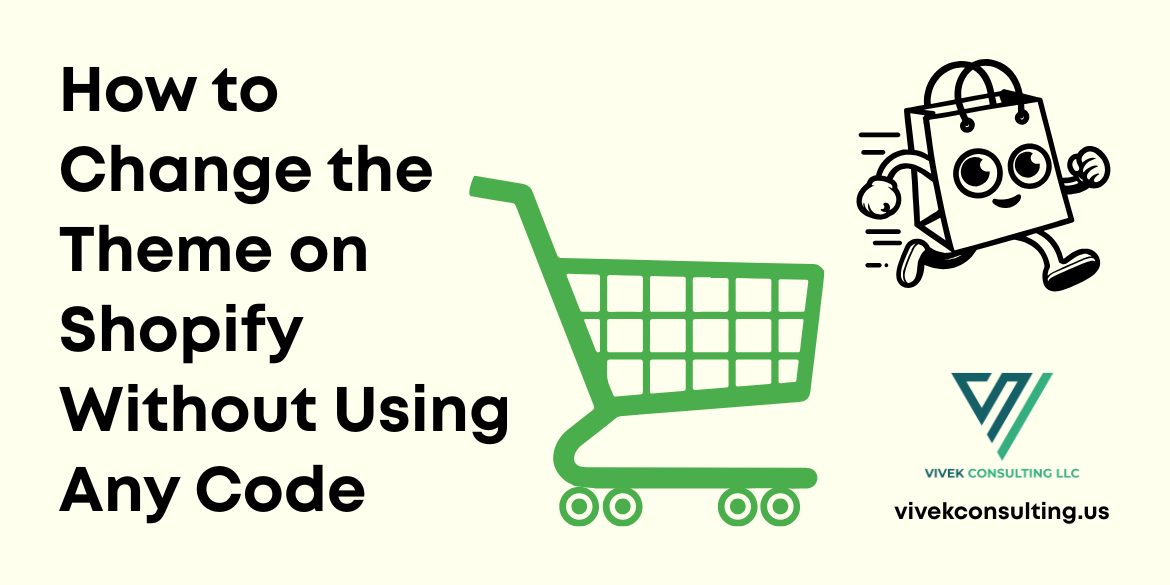 How to Change the Theme on Shopify Without Using Any Code
How to Change the Theme on Shopify Without Using Any Code
-
 Why Businesses Need Blockchain Development
Why Businesses Need Blockchain Development
-
 SEO Strategy: How to Create an Effective Plan
SEO Strategy: How to Create an Effective Plan
-
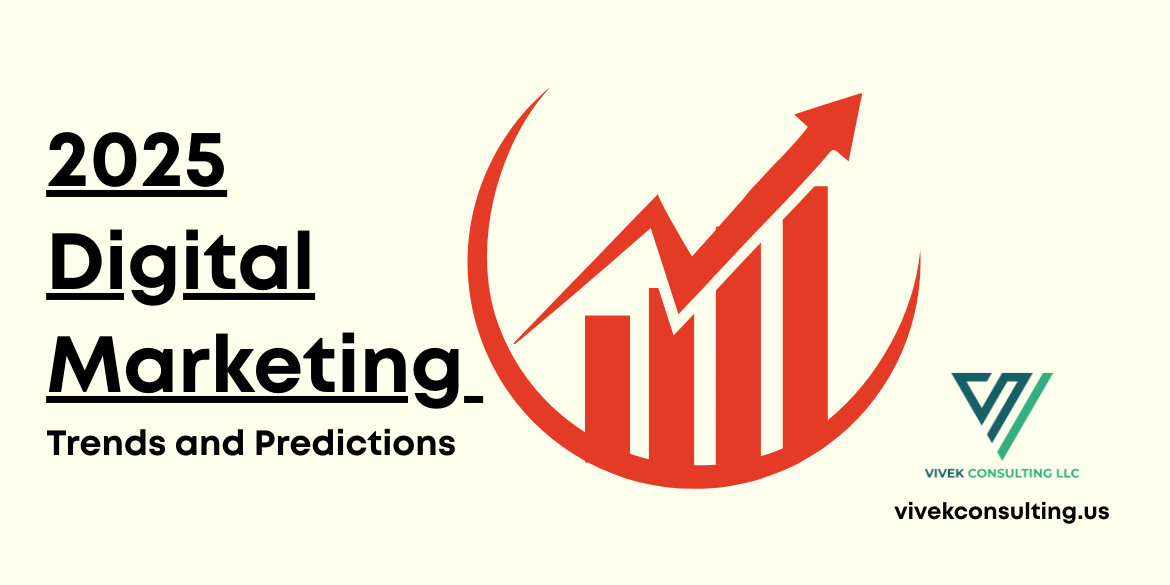 2025 Digital Marketing Trends and Predictions
2025 Digital Marketing Trends and Predictions
-
 The Future of Marketing with Meta Application
The Future of Marketing with Meta Application
-
 Keyword Research for Website Wins in 2025 [Top 10 Free Keyword Research Tools]
Keyword Research for Website Wins in 2025 [Top 10 Free Keyword Research Tools]
-
.png) Learning the SEO Audit Checklist. Every website should rank higher, load faster, and convert better without wasting time.
Learning the SEO Audit Checklist. Every website should rank higher, load faster, and convert better without wasting time.
-
 Ready for serious growth? Outsource services to scale your business fast and save time and money.
Ready for serious growth? Outsource services to scale your business fast and save time and money.
-
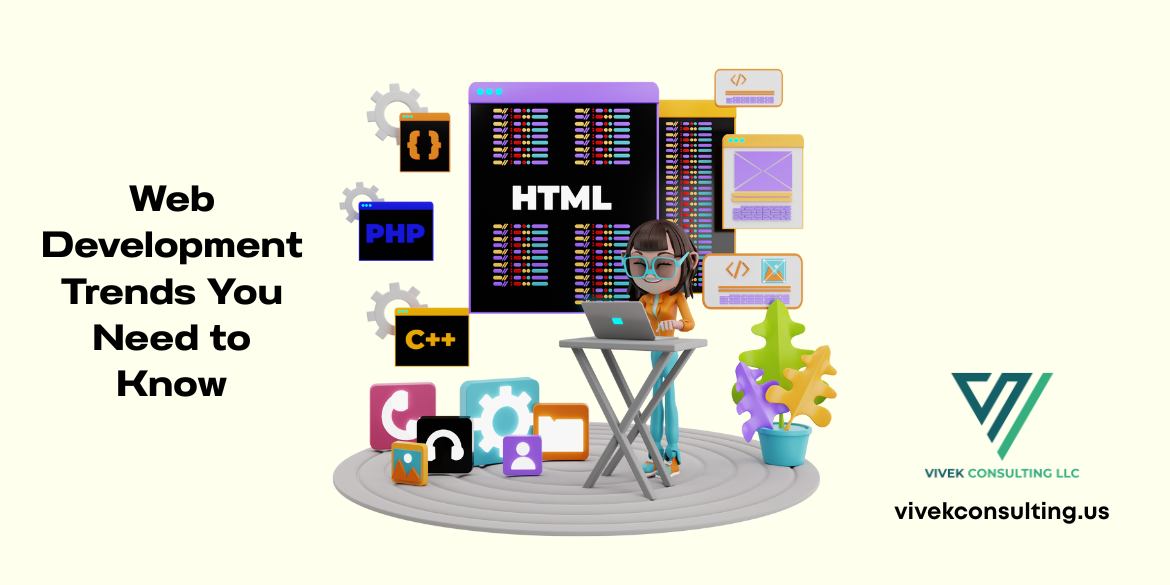 From AI to no-code, explore the Web Development Trends You Need to Know right now.
From AI to no-code, explore the Web Development Trends You Need to Know right now.
-
 Supercharge Business Growth with SEO
Supercharge Business Growth with SEO
-
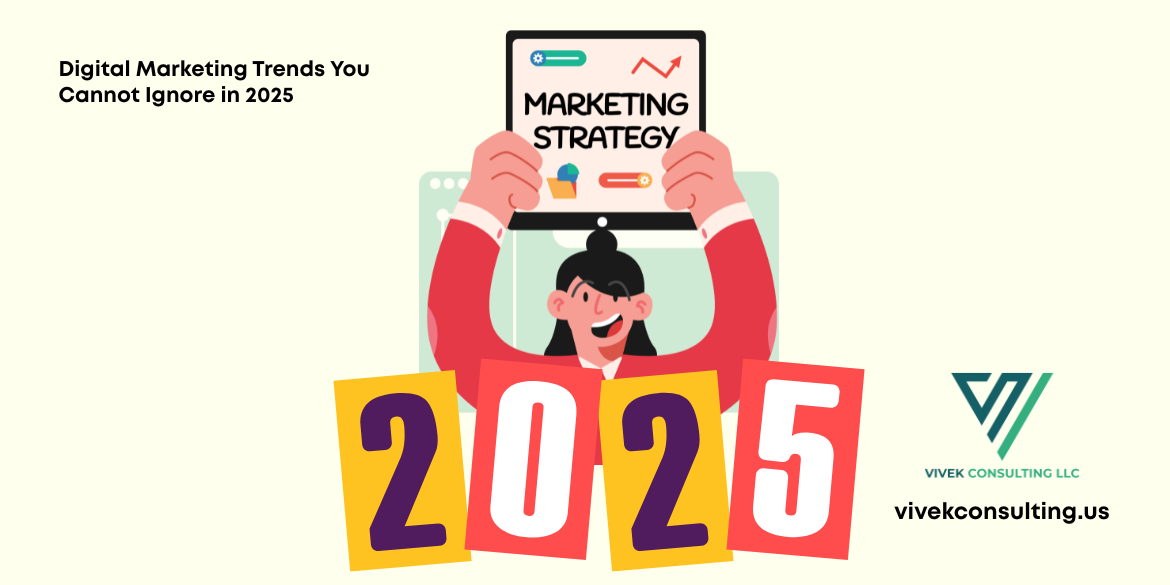 Digital Marketing Trends You Cannot Ignore in 2025
Digital Marketing Trends You Cannot Ignore in 2025
-
 Master Digital Marketing with AI in 2025
Master Digital Marketing with AI in 2025
-
 How AI Is Changing Software Development
How AI Is Changing Software Development
-
 Mobile Application Development in 10 Easy Steps
Mobile Application Development in 10 Easy Steps
-
 Outsource Services to Boost Efficiency
Outsource Services to Boost Efficiency
-
 Ready to scale smart? Boost efficiency fast with managed services that work.
Ready to scale smart? Boost efficiency fast with managed services that work.
-
 Outsource Services: The Smart Move for Your Business
Outsource Services: The Smart Move for Your Business
-
 Technical SEO Tactics to Skyrocket Your Rankings
Technical SEO Tactics to Skyrocket Your Rankings
-
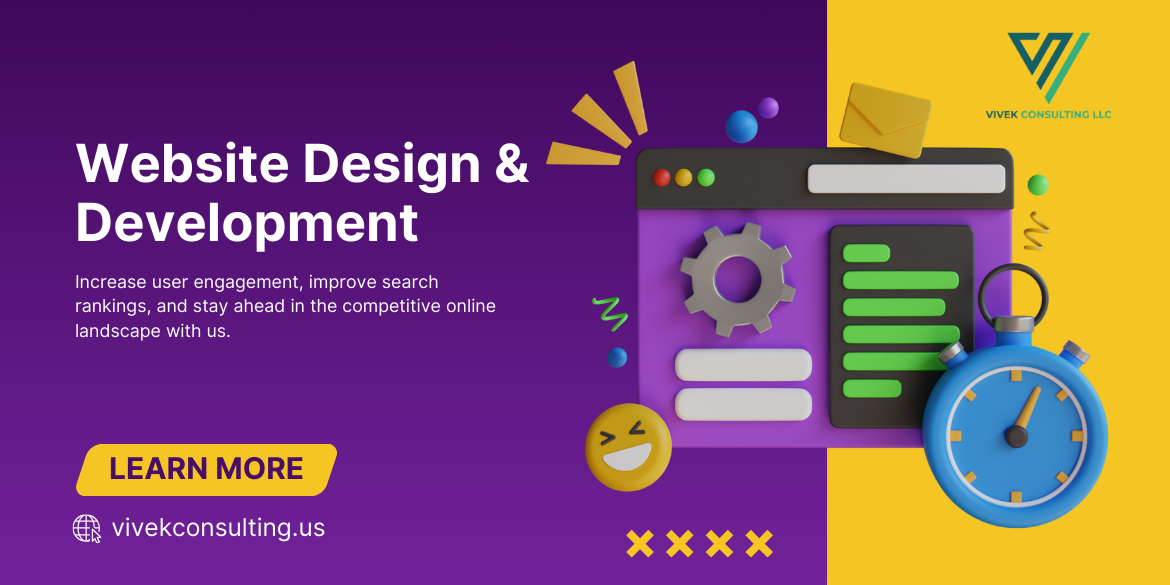 The digital world is evolving fast. Here is the web development trends you can’t ignore if you want to stay competitive.
The digital world is evolving fast. Here is the web development trends you can’t ignore if you want to stay competitive.
-
 Want more traffic? These off-page SEO tips will help you rank higher and grow like a pro! ????
Want more traffic? These off-page SEO tips will help you rank higher and grow like a pro! ????
-
 The Role of AI in Modern Software Development
The Role of AI in Modern Software Development
-
 Boost Organic Traffic Through On-Page SEO Strategies
Boost Organic Traffic Through On-Page SEO Strategies
-
 How SEO Can Skyrocket Your Business Growth
How SEO Can Skyrocket Your Business Growth
-
.png) Why Digital Marketing Benefits Business Success in Charlotte NC
Why Digital Marketing Benefits Business Success in Charlotte NC
-
 Explore the future of smartphone application development with Vivek Consulting and stay ahead of the game.
Explore the future of smartphone application development with Vivek Consulting and stay ahead of the game.
-
 Crush Your Competition with Digital Marketing Charlotte NC - Vivek consulting
Crush Your Competition with Digital Marketing Charlotte NC - Vivek consulting
-
 Why Vivek Consulting Tops Charlotte’s Software Developers
Why Vivek Consulting Tops Charlotte’s Software Developers
-
 The Innovation of Smart and Inclusive UX: How AI and 5G Are Transforming Mobile Application Development
The Innovation of Smart and Inclusive UX: How AI and 5G Are Transforming Mobile Application Development
-
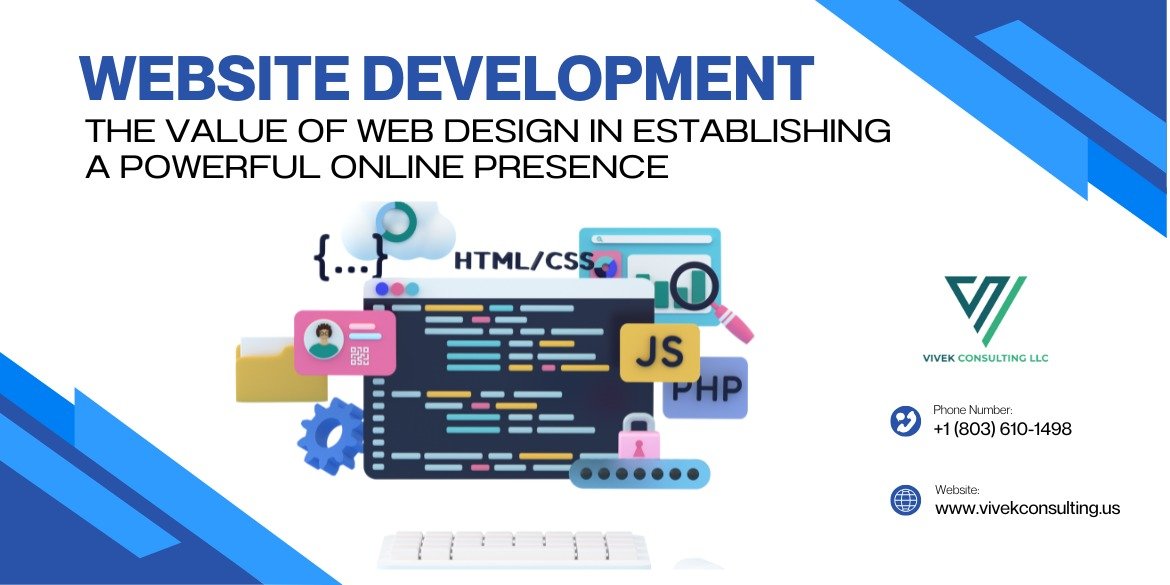 Website Development: The Value of Web Design in Establishing a Powerful Online Presence
Website Development: The Value of Web Design in Establishing a Powerful Online Presence
-
 Elevate Your Brand: Discover the Top Marketing Agency in Charlotte for 2025 - Vivek consulting
Elevate Your Brand: Discover the Top Marketing Agency in Charlotte for 2025 - Vivek consulting
